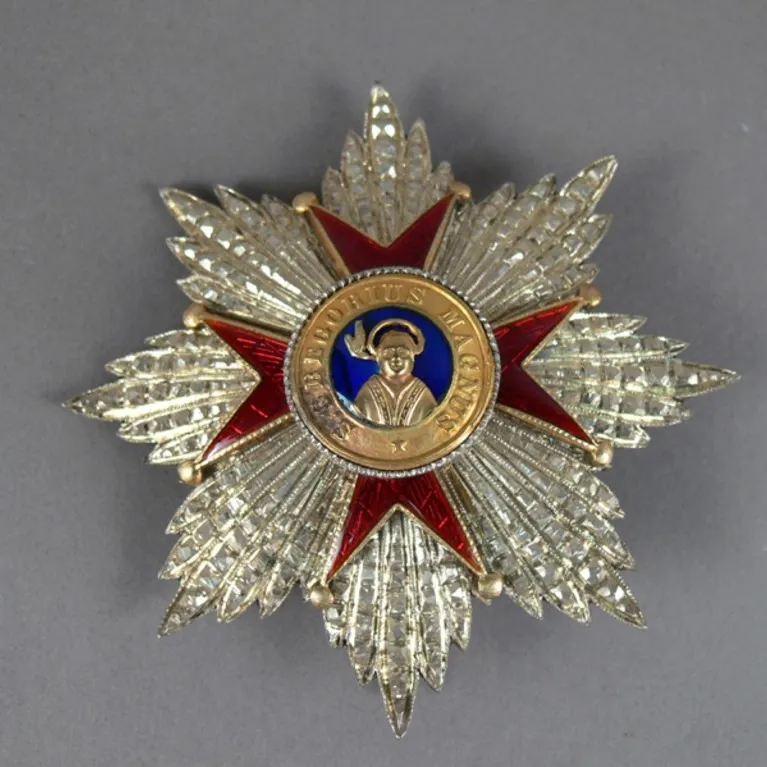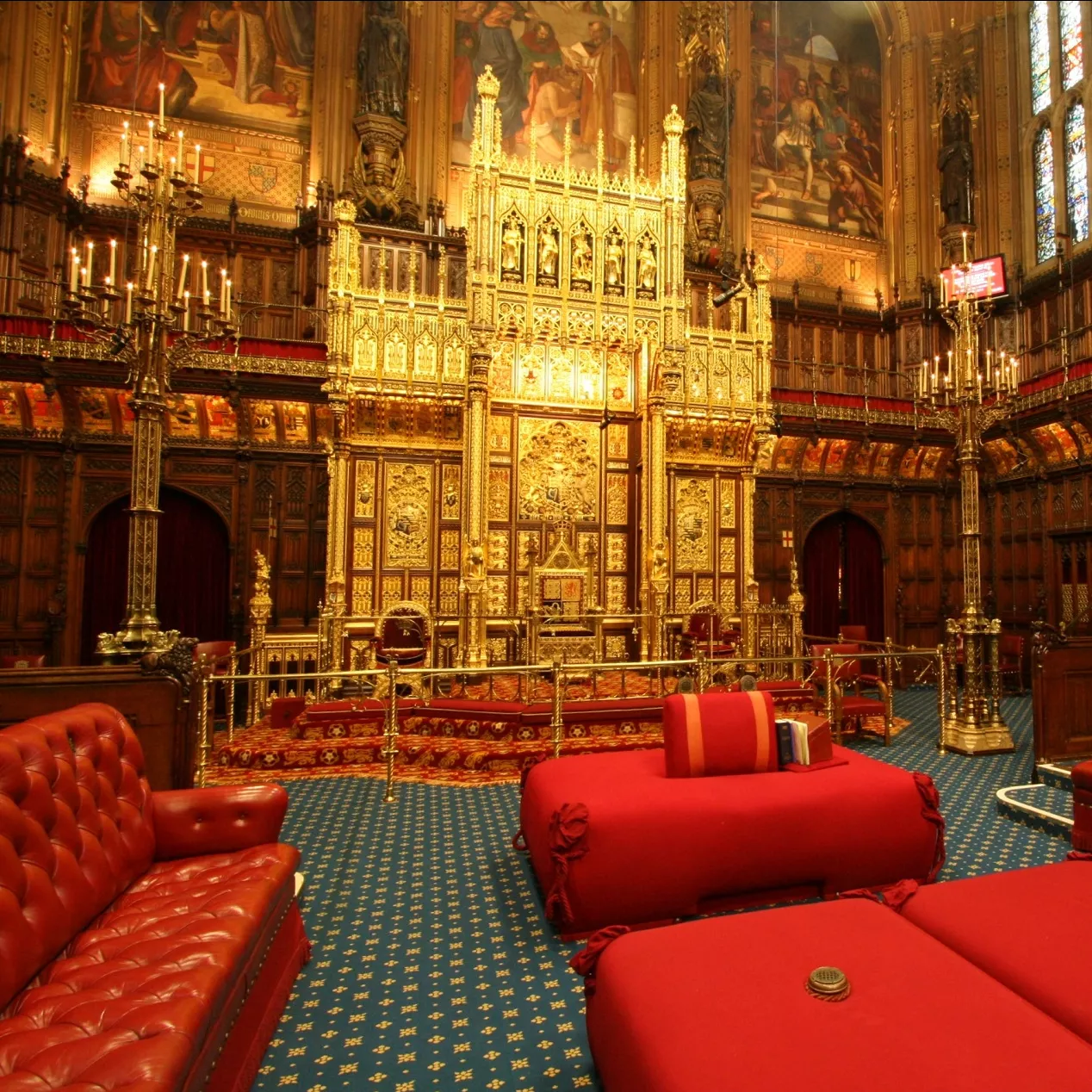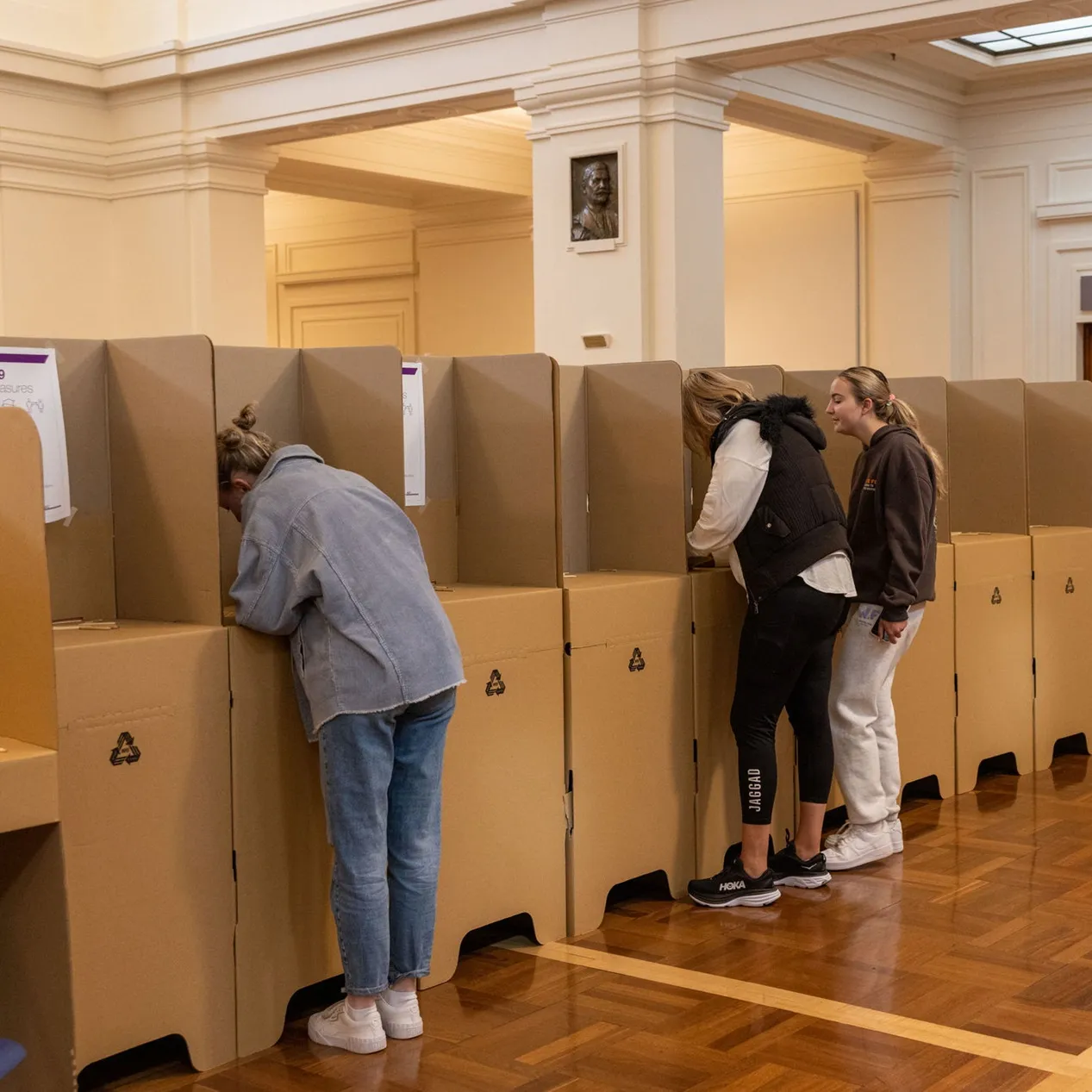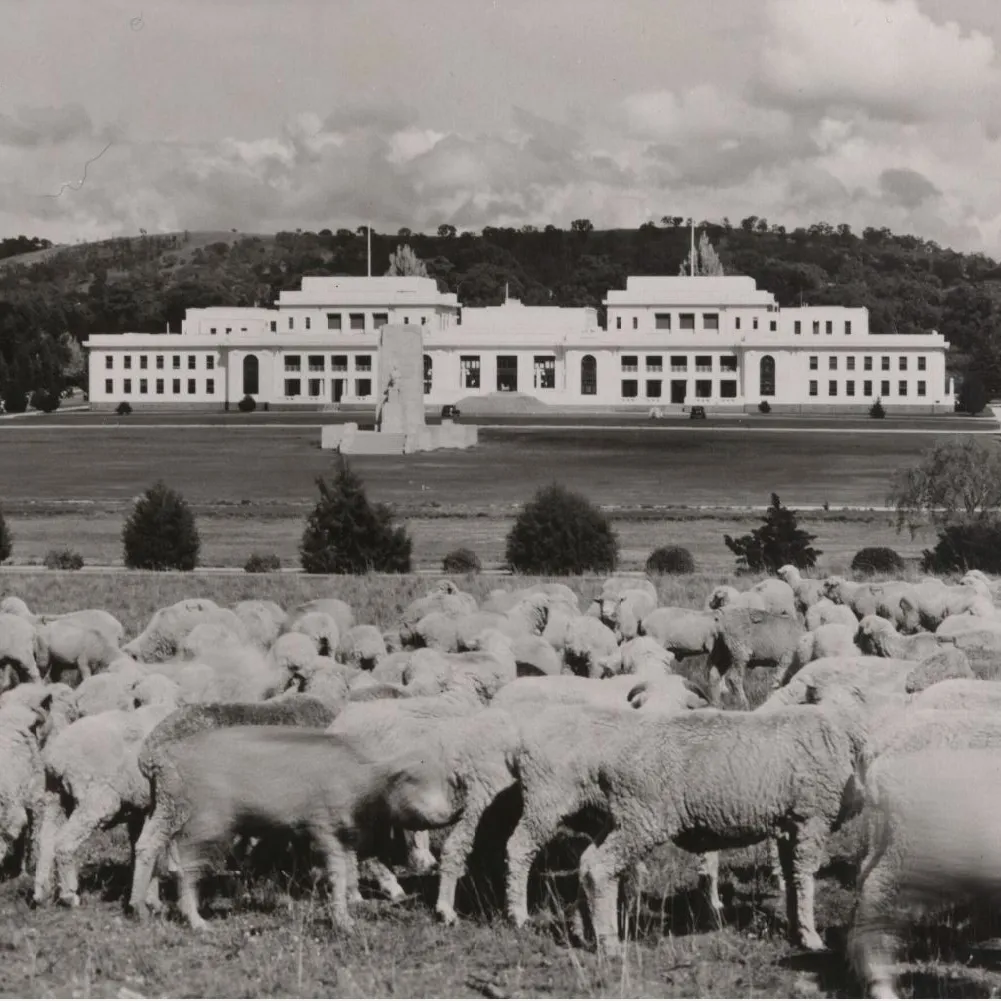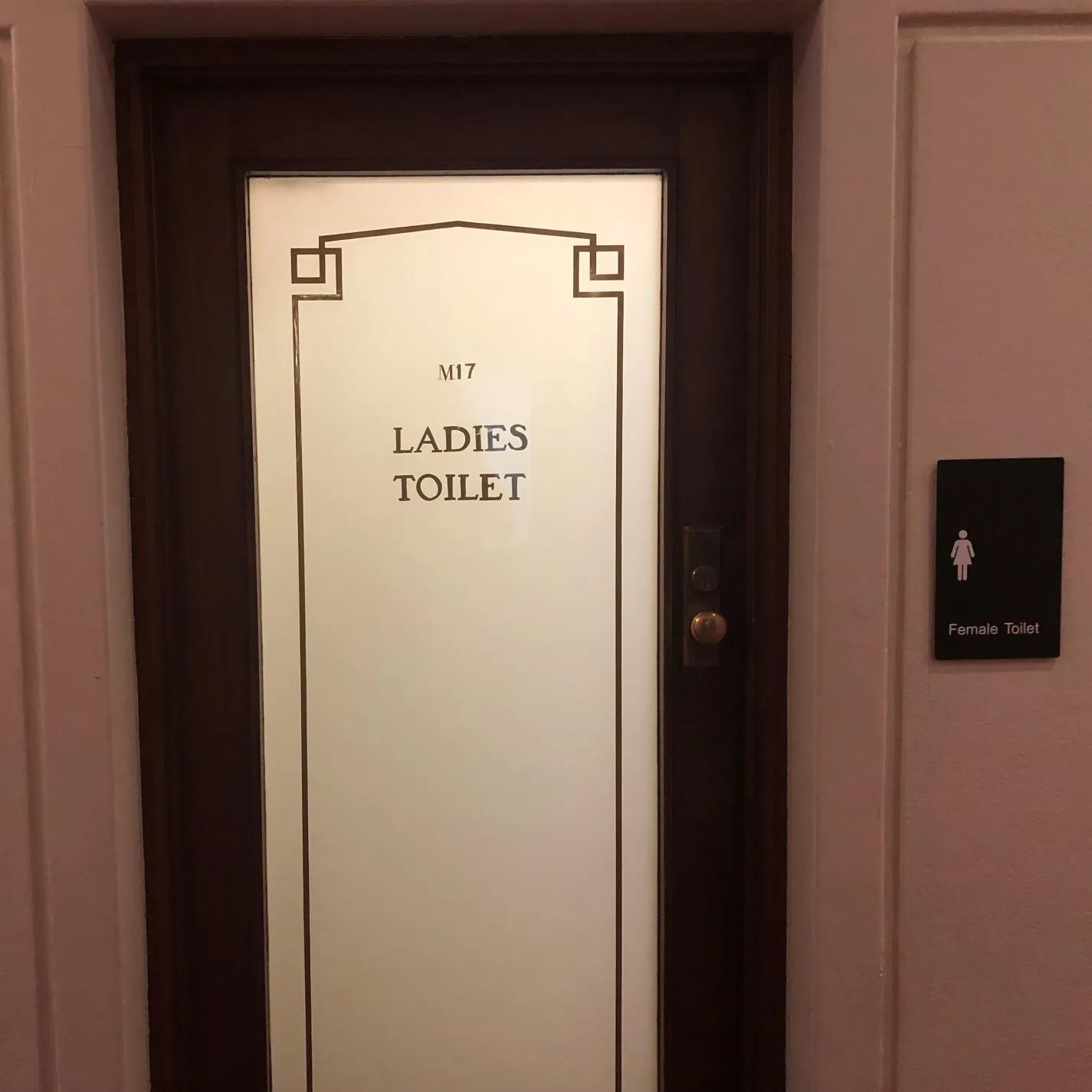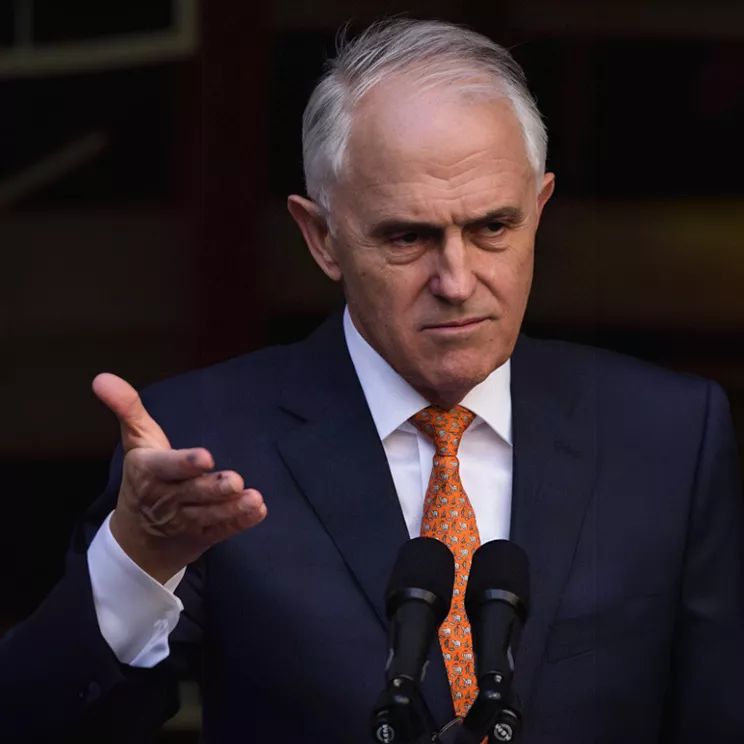On this day: a Catholic forgives
- DateTue, 21 Jun 2016
But I say to you: Love your enemies. Do good to those who hate you. And pray for those who persecute and slander you. Matthew 5:44
On 21 June 1966, a young man lurks in the crowd at the Mosman Town Hall. He conceals a sawn-off shotgun, and is waiting for his chance. Inside, Arthur Calwell speaks to rowdy residents about the one thing coming to dominate Australian political life: Vietnam. As Calwell leaves the meeting, at about quarter to eleven in the evening, he gets into his car. Then he sees the young man, whose name is Peter Raymond Kocan, approaching. Calwell assumes it is a well-wisher, and begins to open the window to shake the man’s hand. As the window retracts, the young man pulls out his gun and fires, point blank.
The window is partly up and, as a result, the shot shatters the glass and embeds shrapnel in the 69-year-old Labor leader’s jaw. Had it been down, as it would have been moments later, Calwell would be dead. Bleeding and in shock, Calwell manages to get out of the car, holding a handkerchief to his bloodied face, as the young man drops the gun and runs. A colleague of Calwell’s, Jim McClelland, runs out from the building shouting ‘What happened?’ Calwell, blood pouring from his head, says, in typical laconic fashion, says ‘I’ve been shot.’
Two men give chase to the fleeing youth and they bring him down. One of them is Wayne Haylen, the son of another Calwell colleague, Leslie Haylen (and Calwell’s godson, as it happens). The other, Barry Robinson, is an anti-conscription campaigner. They haul him to the police, while Calwell goes back into the town hall. He needs to, and does, go to hospital, but first he calls his wife. He doesn’t want her to panic. It takes more than a bullet through a window to kill the old Labor warhorse that is Arthur Augustus Calwell.
Calwell the Catholic
But the story doesn’t end there. The entire event speaks to the character of Arthur Calwell, and tells us about the political climate of the time, and to the role of religion in shaping political beliefs. Most people, upon being shot in the face, would probably feel somewhat upset about it. Calwell, though shocked, took it with humour and, characteristically, did not hold a grudge. Indeed, he not only forgave Kocan, but corresponded with him. Calwell was devoutly Catholic, and it was the Christian notion of forgiveness that motivated him not to seek punishment, but to show compassion for the man who, but for a few millimetres of glass, would have murdered him.
After the 1955 Labor split, many working-class Catholics, like Calwell, had become supporters of the Democratic Labor Party, a splinter group on the right-wing, whose preferences kept Labor out of power at more than one election. Calwell wrote in his memoirs that he found no conflict between his socialist politics and his Catholic faith.
- Arthur Calwell
A Papal Knight
Calwell’s values were more like those of the Pope Paul VI than many Australian Catholic leaders, such as the fiery old Archbishop of Melbourne, Daniel Mannix, whom Calwell ran afoul of more than once. The Pope must have seen this too. In 1963, the Pope awarded Calwell a Papal Knighthood, inducting him into the Order of St Gregory the Great with the Grand Silver Star. Calwell’s name had been recommended to the Pope by an Australian cardinal, Martin Toal. Calwell had been to Rome that year to see the Pope’s coronation, but had decided against meeting him since he was there in a private capacity and not as an Australian representative. In early 1964, Calwell received a strange delivery:
It wasn’t until Calwell showed the decoration to a priest that he realised what it was. The Pope had made Calwell a Papal Knight for his services to the Catholic Church. Calwell was honoured, and he remained very proud of it despite criticism from some in the community.
Forgiveness
Calwell’s Christian charity and Catholic faith meant that he was able to apply the words of St Matthew to his would-be assassin. Calwell received a heartfelt letter of apology from Kocan, and in his reply Calwell wrote ‘If there is anything I can do to help you in future in the matter of the mitigation of your sentence… I will do it'. Kocan was released in 1976, and subsequently became an award-winning poet and author.
Calwell’s near-death experience that day in Mosman could have been the first political assassination in Australia. Australians have avoided that kind of political violence; while assassin’s bullets have claimed four U.S. presidents, one British Prime Minister and countless other world leaders, Australia’s history of peaceful democracy makes the Calwell incident an outlier. But it’s more remarkable for what happened afterwards, when a man who had been shot and wounded in the head chose, as he always did, to show his Christian values.

